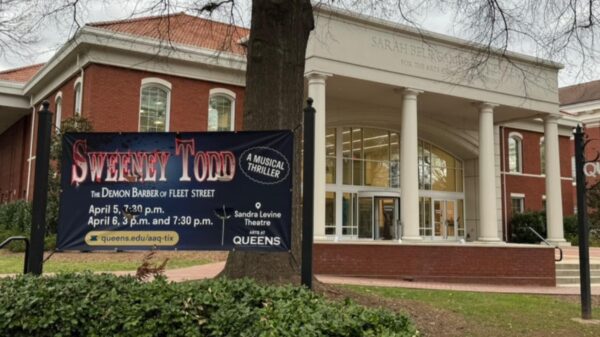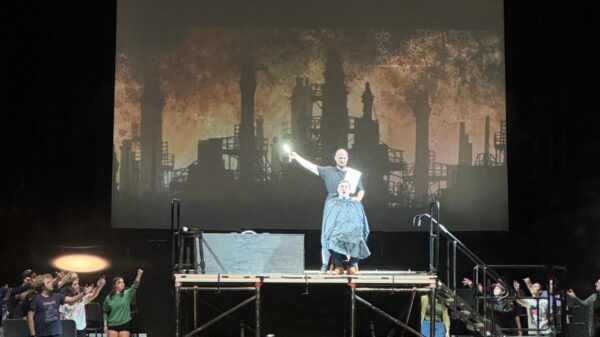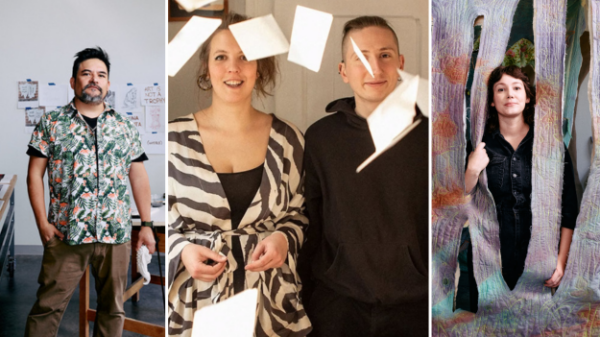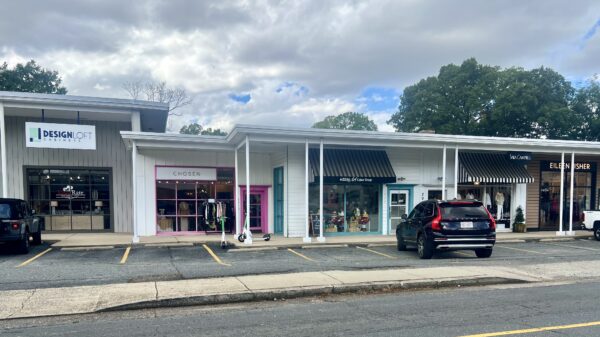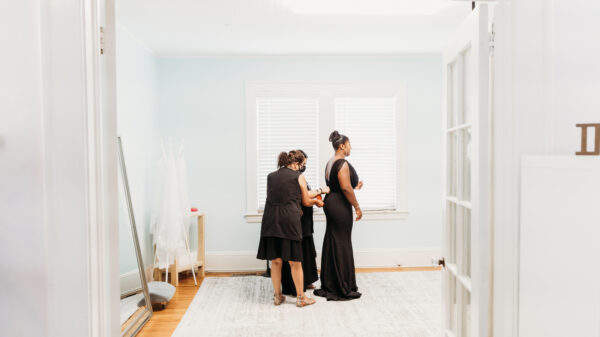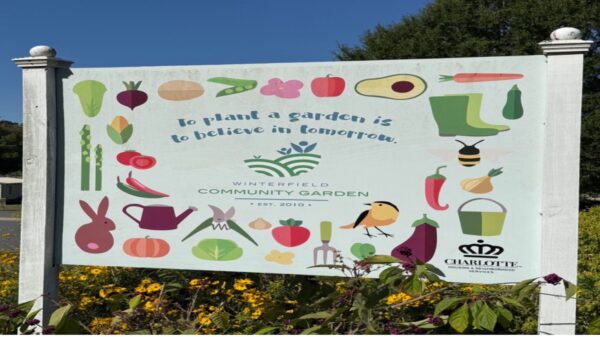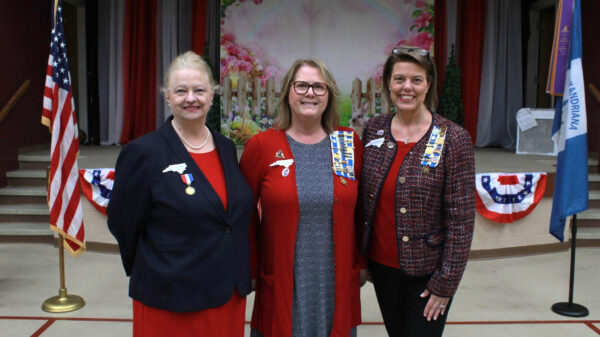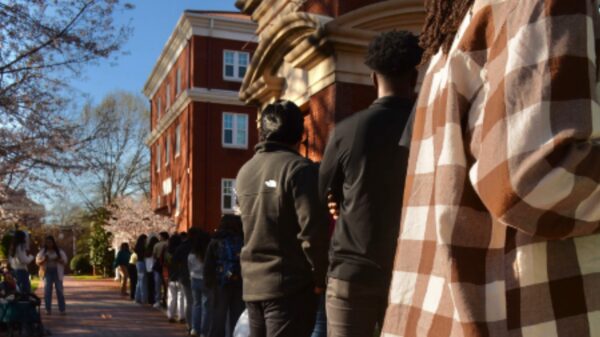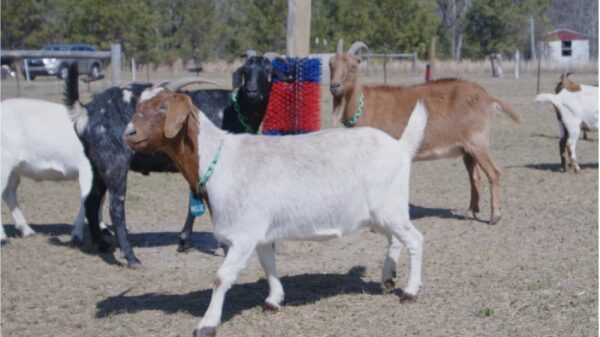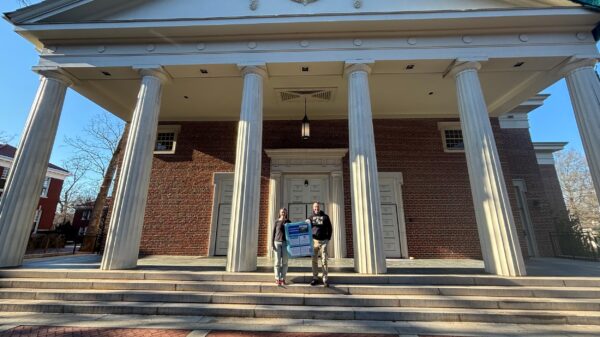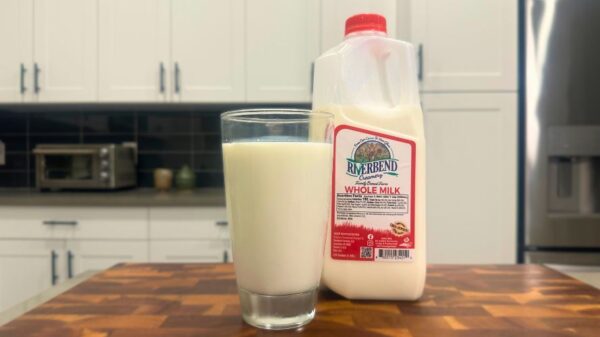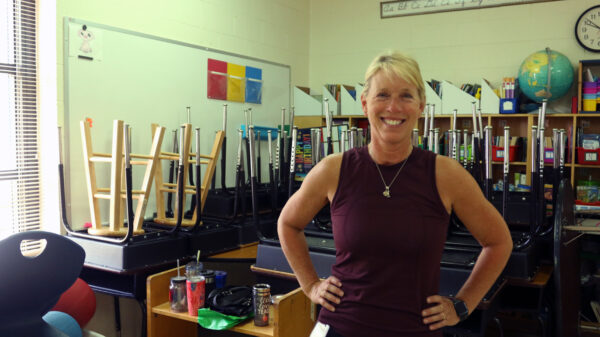As the city of Charlotte rethinks the way it supports the arts, a grassroots organizer offers a simple point of view.
Prioritize Charlotte artists, and art created here.
Manoj Kesavan formalized BOOM Charlotte just before the Democratic National Convention in 2012, creating festivals and programs of inclusion, diversity, and collaboration among artists and communities. It helps artists work on a scale they cannot accomplish by themselves.
“What you see in a lot of the uptown institutions is that they are a window to the larger art world,” Kesavan said in early September. “We won’t be able to see a big retrospective from abroad if not for the Mint Museum, because it takes millions of dollars to bring something like that. Or ‘Hamilton’ coming to Blumenthal. That’s how we get to experience the big stuff. It’s also unfair to say that they should feature local artists because I don’t think that’s what they’re built for.
“But what needs to happen is also that the other side, the artists who are actually here, the art that’s been created here — it feels so obvious when you say that they need to be supported, but you know they’re not,” Kesavan said.
New City Officer for Art and Culture
Kesavan’s observations come about just as Priya Sircar started in her position as the city’s art and culture officer. She’s charged with developing a financially sustainable cultural plan. This year, city leaders decided to no longer rely on the Arts & Science Council to allocate city funding to local organizations. During the next three years, funding will be managed by the Foundation for the Carolinas.
Beyond funding, issues of equity are in question. In February, the Arts & Science Council apologized to black artists and other artists and minority-led organizations. The council’s Cultural Equity Report indicated that organizations representing African, Latino, Asian, Arab and Native American cultures (ALAANA) received 3.43% of the council’s operating support funding since 1991, or $8 million out of total investments of $235 million. In contrast, each of nine organizations – such as the Charlotte Symphony or the Mint Museum — received more funding in that period than all ALAANA organizations combined.
How to Build a Charlotte Cultural Legacy?
“When you look at the history of a place you’re basically talking about the culture there,” Kesavan said. “So if you don’t invest in it, if all you’re doing is showcasing the great stuff other people do by bringing it here, we are not building our own cultural history or legacy.”
Providing more interactive ways for people to engage with art is important, Kesavan said, because it erases the divide between creator and consumer, and people are looking for means of creative expression beyond buying a ticket and filling a seat.
How BOOM Charlotte Survived the Pandemic
The COVID-19 pandemic presented especially trying times for BOOM Charlotte and other ALAANA organizations. When the pandemic forced the cancellation of BOOM’s signature festival in 2020, it pivoted to online events, panels, workshops, and other ways to unite artists and communities. In one project, BOOM worked with the Charlotte Journalism Collaborative to create a graphic novel, “PANDEMIC: Stories of COVID-19.” Published in English and Spanish, art for the novel’s eight chapters was created by artists of color or underrepresented groups.

Photo courtesy of Josh Henderson
“People like me, on the ground, and especially people of color, know that inequity is real,” Kesavan said. Although city leadership has not allocated enough resources to ALAANA organizations, he said, the Arts & Science Council is not entirely to blame. Art organization board members and government officials have been making decisions for decades, he said, and the media also bears responsibility.
“Grassroots groups, artists of color — they’re all mostly ignored by the media,” Kesavan said. “So if they’re not worth talking about, they’re also not worth funding. Not taking the effort to go beyond and find stuff done by people who don’t have a marketing department, who don’t feed them programming every week – the media really kind of added to that system. It justified that inequity.”
-
Sam Carnes of Apex, North Carolina, is a 2023 graduate of the James L. Knight School of Communication at Queens University of Charlotte. Sam served as managing editor of the Queens University News Service, and as a Rogers summer scholar. She was recognized for her reporting on community issues including the influence of state government politicians in university curricula, the impact of the reversal of Roe v. Wade on university campuses, and Charlotte pedestrian walkability. Her story on Charlotte 911 emergency call response times was published on the front page of The Charlotte Observer.
View all posts

